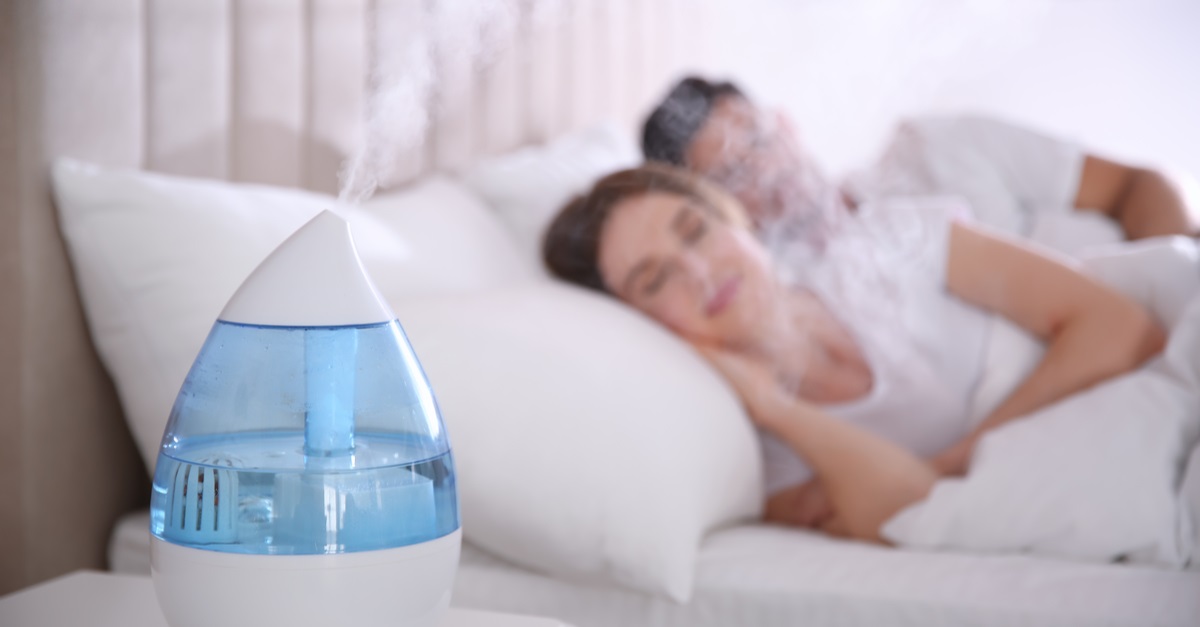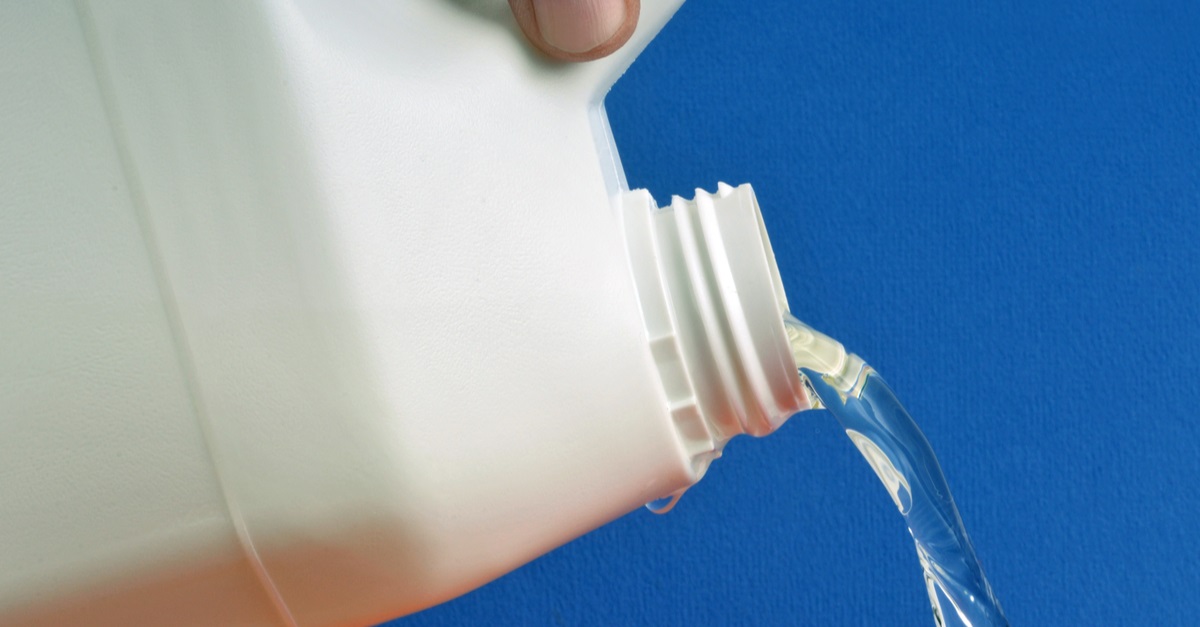
Mold is a pesky bacteria that grows in homes, specifically in damp places. Mold is common in neglected humidifiers. But if you never want to deal with a moldy humidifier, follow this guide how to prevent humidifier mold to keep your humidifier clean and pristine.
Humidifiers bring many benefits to households but can also bring the risk of mold if you don’t take care of the appliance properly.
Why Humidifiers Get Moldy
Mold loves dark and damp spaces, and your humidifier is one of those spots. Humidifiers are constantly wet, and their water tanks often sit in a dark place inside the humidifier. You may find mold in a flooded basement or on the inside of your shower curtain. Any place that is moist but not cleaned often is likely to develop mold.
And one of those places is definitely inside your humidifier, so don’t be surprised if one day you find mold inside the water tank or around the outside of the unit. If this sounds like a nightmare to you, there are routine steps you can take so you never have to find mold in your humidifier.
Methods to Prevent Mold
Clean Regularly
The most important maintenance to perform when you own a humidifier is to clean it regularly. Some humidifiers self-sanitize themselves, but even those units must be cleaned every 1-2 weeks.
As a rule of thumb, you should thoroughly clean your humidifier once every single week.
Here is a quick guide to the correct way to clean your humidifier.
Steps to Clean Humidifier
- Unplug and empty water tank
- Fill the water tank with a cleaning solution using lukewarm water and one of the following: citric acid, bleach, distilled white vinegar, or hydrogen peroxide. Set the tank aside to soak for 30 minutes.
- Use a sponge or cloth soaked in the cleaning solution to wipe down the exterior of the humidifier.
- Scrub the water tank when it’s done soaking, paying particular attention to the sides where scum builds up.
- Allow to air dry fully. Drying with a towel or rag can leave bacteria on the surface, so you must air dry. This usually takes 1-3 hours.
- Once the unit is dry, fill the water tank with clean water, replace parts, and return it to its location.
Fill Daily
It’s best practice to change the water in the humidifier every single day. This is not an appliance you can set up and forget about like your toaster or fridge, it needs consistent maintenance. The water should be changed at least once a day, if not more.
It’s important to use the purest water possible in your humidifier. This will prevent mold and mineral deposits keeping your humidifier as clean as possible. Distilled water or filtered water is the best option to fill your humidifier.
Water Additives
In addition to proper maintenance, there are things you can add to your humidifier water that will kill bacteria and prevent mold growth. You can add these things to your water tank every time you fill it up, and they will deter bacteria from growing.
- Lemon wedges
- Lemon juice
- Hydrogen peroxide
- Distilled white vinegar
- Bleach
- Citric Acid
- Teatree Oil
- Humidifier cleansing tablets
Not only do these additives help destroy bacteria, but they can make the air in your space smell pleasant and bring some aromatherapy into your home.
Risks Of a Moldy Humidifier
Common Allergic Responses
Most people are allergic to mold and exhibit allergy symptoms such as stuffy nose, sore throat, coughing or wheezing, burning eyes, or skin rash. Some people with more severe mold allergies may experience fever or shortness of breath on top of the other allergy symptoms.
Effects on Immune-compromised Individuals
Individuals with conditions that compromise their immune systems, such as HIV or hepatitis C, make people more susceptible to disease and infections. When immune-compromised individuals spend time in a moldy environment, they are at risk of catching a virus or experiencing severe allergy symptoms.
Impact on Lung Conditions
For people with chronic lung conditions such as asthma or chronic bronchitis, the mold spores they inhale may cause their airways to close and make it very difficult for them to breathe.
People with long-term lung conditions need to avoid musty and moldy areas because it can become very uncomfortable for them.
Bottom Line
If you follow the advice in this article, you should never find mold in your humidifier. Although mold in humidifiers is common, it doesn’t have to be. Mold will grow in neglected humidifiers, so as long as you keep your unit clean and change the water regularly, you can spare yourself from this disgusting substance.
The key to using a humidifier properly and enjoying it is to clean it frequently and change the water even more.
Frequently Asked Questions

What is the brown stuff on my humidifier?
The brown stuff is likely to be mold or mineral deposits. Either way, there is something impure in your humidifier water spraying into your air. No matter which it is, there should never be brown stuff on your humidifier, and must be remedied as soon as possible.
Why is my humidifier water black?
Black water in your humidifier indicates you have a serious mold problem in the appliance. Black mold poses potential health risks and will make your home much less comfortable. When the water is black, it means that impure water sprays into your air, and you wind up breathing it.
What is the pink scum on the humidifier water tank?
The pink scum on your water tank can be one of two things. It is more likely it is a thin layer of pink mold. Pink mold is innocuous, so you don’t need to be too concerned. The other possibility is it’s a mineral buildup, tiny particles found in water that the humidifier filters blocks from spraying out.
